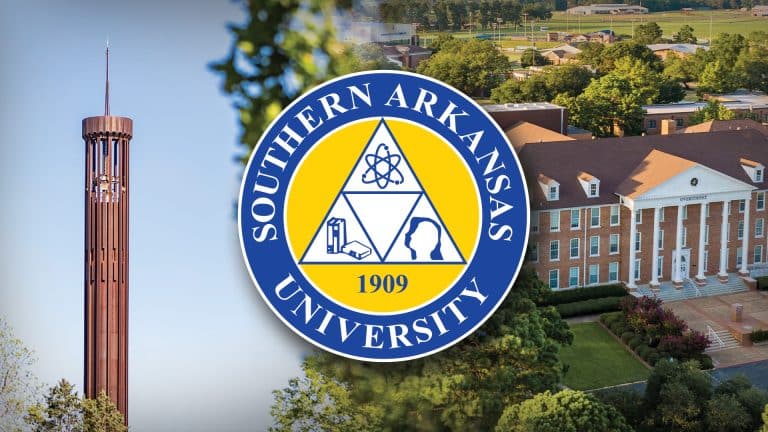4. Plagiarism and Fabrication
Plagiarism and Fabrication
Plagiarism and fabrication are two forms of academic or journalistic misconduct that involve the misrepresentation of someone else's work or the creation of false information.
Plagiarism occurs when an individual presents someone else's ideas, words, or work as their own without proper attribution. This can involve copying and pasting text from a source without citation, paraphrasing someone else's ideas without giving credit or using someone else's data or research findings without acknowledgment. Plagiarism undermines the original author's intellectual property rights and violates academic or journalistic integrity standards.

Both plagiarism and fabrication are serious ethical breaches that can have significant consequences. In academia, plagiarism can result in academic penalties such as failing grades, expulsion, or loss of credibility among peers. In journalism, plagiarism and fabrication can lead to loss of trust and credibility among readers, damage to the reputation of the publication or journalist, and legal repercussions such as lawsuits for defamation or copyright infringement.
Ultimately, both plagiarism and fabrication undermine the principles of honesty, integrity, and intellectual rigor that are essential to academic and journalistic integrity. They erode trust in the reliability and credibility of information sources and can have far-reaching consequences for individuals, organizations, and society as a whole.
How common is it?
Plagiarism and fabrication are unfortunately not uncommon occurrences, prevalent across various fields and contexts. In academia, instances of plagiarism range from student papers to scholarly publications, driven by factors like pressure to succeed or misunderstanding citation rules. Studies reveal a significant percentage of students admit to engaging in some form of plagiarism. In journalism, while cases of fabrication are rare, they garner significant attention when exposed, highlighting potential ethical lapses within the industry.
The digital age has facilitated plagiarism and fabrication, with information easily copied and disseminated online. Online plagiarism detection tools play a crucial role in identifying such misconduct in academic and journalistic settings. Despite not being pervasive in every instance, their existence underscores the importance of promoting ethical standards, educating individuals on proper citation practices, and fostering a culture of integrity and honesty in academic and journalistic pursuits.

Academic Dishonesty and Integrity Policy
Schools' academic integrity policy: Most Schools and Universities have one. For example, SAU has one.
Southern Arkansas University upholds strict academic integrity standards regarding cheating. Any form of academic dishonesty, including cheating, plagiarism, or fabrication, is not tolerated. Students are expected to adhere to ethical principles, maintain honesty in their academic work, and uphold the university's code of conduct. Violations of academic integrity may result in disciplinary action, including failing grades, suspension, or expulsion. The university provides resources and support to educate students about academic integrity and encourages a culture of honesty and responsibility in all academic endeavors.


Comments
Post a Comment